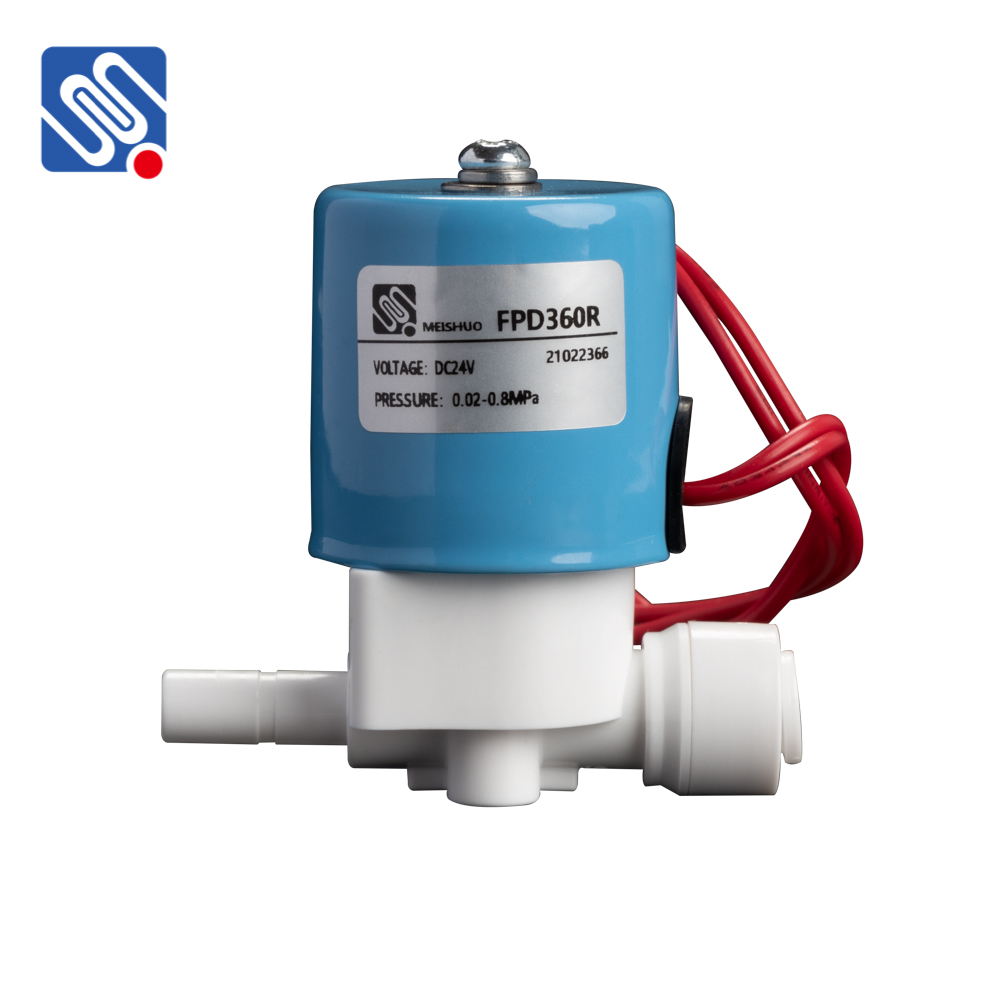RoHS Compliant Solenoid Valves are essential components in various industrial applications, ensuring both functionality and environmental safety. RoHS, which stands for the Restriction of Hazardous Substances, is an important regulation aimed at reducing the use of specific hazardous materials in electronic and electrical products. The directive was introduced by the European Union (EU) in 2003 and mandates that products sold in the EU market must not exceed specific levels of six hazardous substances, including lead, mercury, cadmium, hexavalent chromium, and two types of brominated flame retardants (PBB and PBDE).

Solenoid valves, integral to automation and control systems, are typically used to control the flow of liquids or gases in various systems. These valves use an electromagnetic solenoid to actuate the valve and are widely found in industries like manufacturing, HVAC systems, automotive, and medical devices. A RoHS Compliant Solenoid Valve ensures that these valves meet the European regulatory standards for environmental safety, offering a sustainable solution that doesn’t compromise performance. The Significance of RoHS Compliance in Solenoid Valves RoHS compliance is crucial in today’s industrial landscape, as manufacturers and consumers alike are increasingly concerned about the environmental impact of electronic components. The adoption of RoHS-compliant solenoid valves signifies a commitment to creating safer, cleaner products by minimizing hazardous substances that could lead to environmental contamination or health risks. Additionally, compliance with RoHS is often a legal requirement for manufacturers and distributors targeting markets within the European Union.
Leave a Reply